1. Rhetoric and Public Speaking
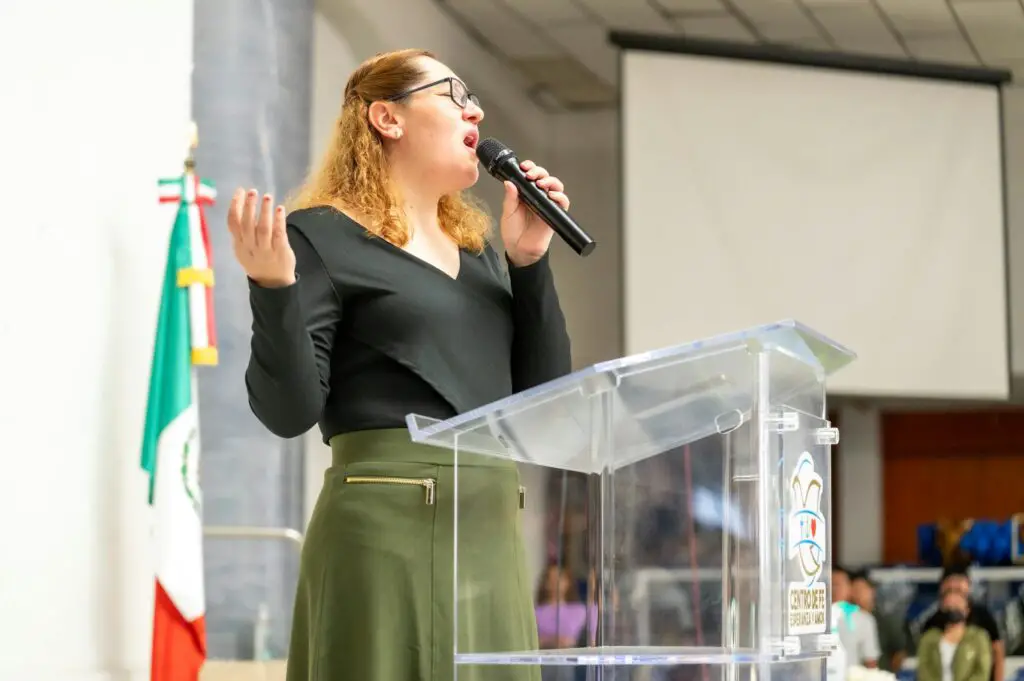
In ancient schools, students were taught the art of rhetoric, learning how to speak persuasively in public. This was seen as a critical skill for leadership and debate. Whether in a civic assembly or courtroom, being able to convince others was paramount. The great philosophers like Aristotle emphasized the importance of ethos, pathos, and logos in communication. Students would practice oratory skills by delivering speeches, often to impress their peers and teachers. Public speaking wasn’t just about words; it was about how you conveyed them. They also studied the tone, pauses, and rhythm of speech to ensure their arguments were compelling. Today, we need these skills more than ever to effectively communicate and advocate for important causes says Wikipedia.
Modern society often assumes that people will just pick up communication skills on their own, but many could benefit from more structured training. Rhetoric classes could help us navigate our polarized world, where effective communication is key to understanding different perspectives. In the workplace, politicians, and everyday life, rhetoric allows individuals to articulate ideas with confidence. Public speaking also fosters a sense of leadership and presence, traits that are in short supply in many industries today. Training in this area could help nurture empathy and understanding across diverse communities. Imagine a world where debates are more thoughtful, and public speaking doesn’t invoke fear in people but instead inspires action. It’s a lesson from the past we should definitely bring back adds Reddit.
2. Astronomy and Navigation

In ancient times, the study of astronomy wasn’t just for the scientists; it was integrated into education for practical purposes. Navigating by the stars was essential for explorers, traders, and anyone who needed to understand the night sky for practical use. Ancient schools taught students about celestial bodies and their movements. They understood that the positions of the stars could guide them across vast oceans or through deserts. Today, we may rely on GPS and modern technology, but there’s something deeply grounding about looking to the stars for direction explains Frontier.
With the growing interest in space exploration and the environmental effects of our technological dependence, there’s a renewed need to study the natural world around us. Understanding the constellations could lead to greater awareness of our place in the universe and the ecological rhythms that govern life on Earth. Plus, it encourages critical thinking and pattern recognition—skills that go far beyond astronomy. In a world that is increasingly detached from nature, reconnecting with this ancient knowledge could help us appreciate our environment on a deeper level. Wouldn’t it be incredible if schools taught students how to read the night sky like their ancient counterparts? It’s a skill that’s timeless and highly relevant today shares Study International.
3. Ethics and Moral Philosophy
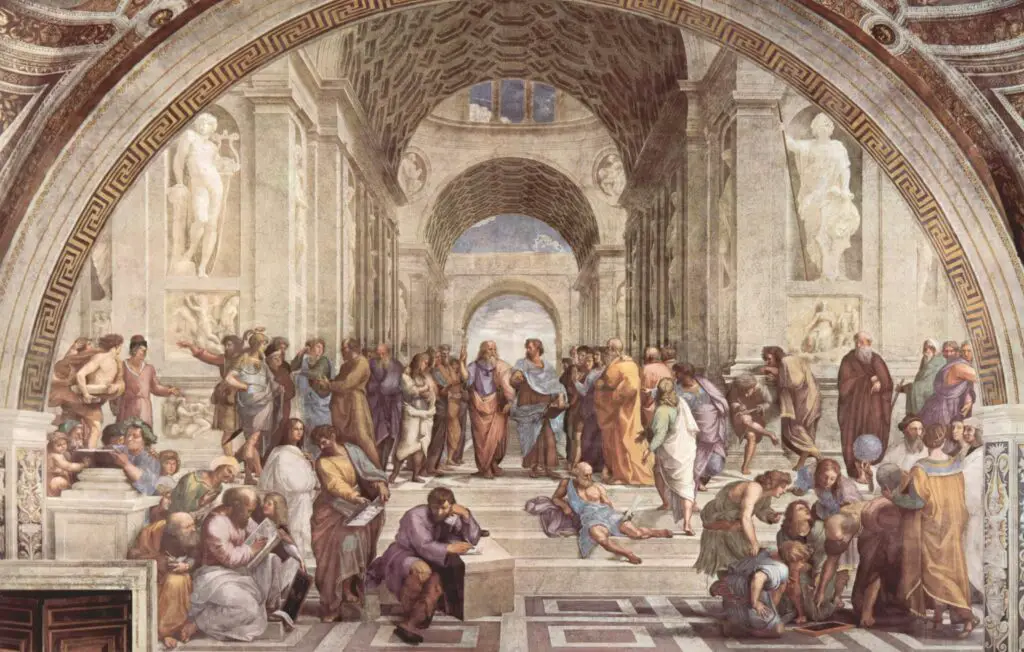
Ancient educational systems put a strong emphasis on ethics, with the goal of shaping well-rounded, thoughtful citizens. Students studied great philosophers like Socrates, Plato, and Confucius, learning about the nature of good and evil, justice, and virtue. These lessons weren’t just theoretical; they were designed to guide how individuals lived their lives. The aim was to teach students how to make decisions that would benefit society and cultivate their own moral integrity. Ethics taught in ancient schools helped people understand the consequences of their actions, not just in the present but in the future too.
Today, we face complex ethical dilemmas in almost every area of life, from business to technology, and even to our personal relationships. Ancient ethical teachings can provide us with frameworks to navigate these challenges. In a world where moral clarity seems increasingly elusive, grounding ourselves in time-tested principles could provide clarity and direction. Teaching students about ethics could help foster a society that’s more compassionate, fair, and focused on the common good. It could also encourage people to act with integrity in the face of temptation or pressure. Teaching ethics isn’t just about knowing what’s right; it’s about instilling the discipline to act on it in difficult situations.
4. Ancient Medicine and Herbalism

Ancient schools often included courses on medicine, which blended both scientific and holistic approaches to healing. Students learned about herbs, natural remedies, and even basic surgical techniques. They studied the human body’s connection to the environment and how food, herbs, and exercise could affect overall health. Knowledge passed down from ancient civilizations like Egypt and Greece emphasized prevention, balance, and maintaining health through natural means. While modern medicine has advanced greatly, ancient remedies often complement modern treatments.
In our modern world of processed foods and pharmaceutical reliance, returning to natural remedies could encourage healthier lifestyles. Understanding the ancient approach to herbalism could inspire us to seek balance in the way we treat our bodies and the environment. With so many people turning to holistic health practices today, there’s growing interest in rediscovering ancient methods. Education on ancient medicine could help us make more informed decisions about our health. Perhaps we don’t need to give up modern medicine entirely, but a blend of old and new could lead to better health outcomes for many. Ancient schools taught a wholeness that seems to be missing from much of today’s healthcare.
5. Geometry and Architecture
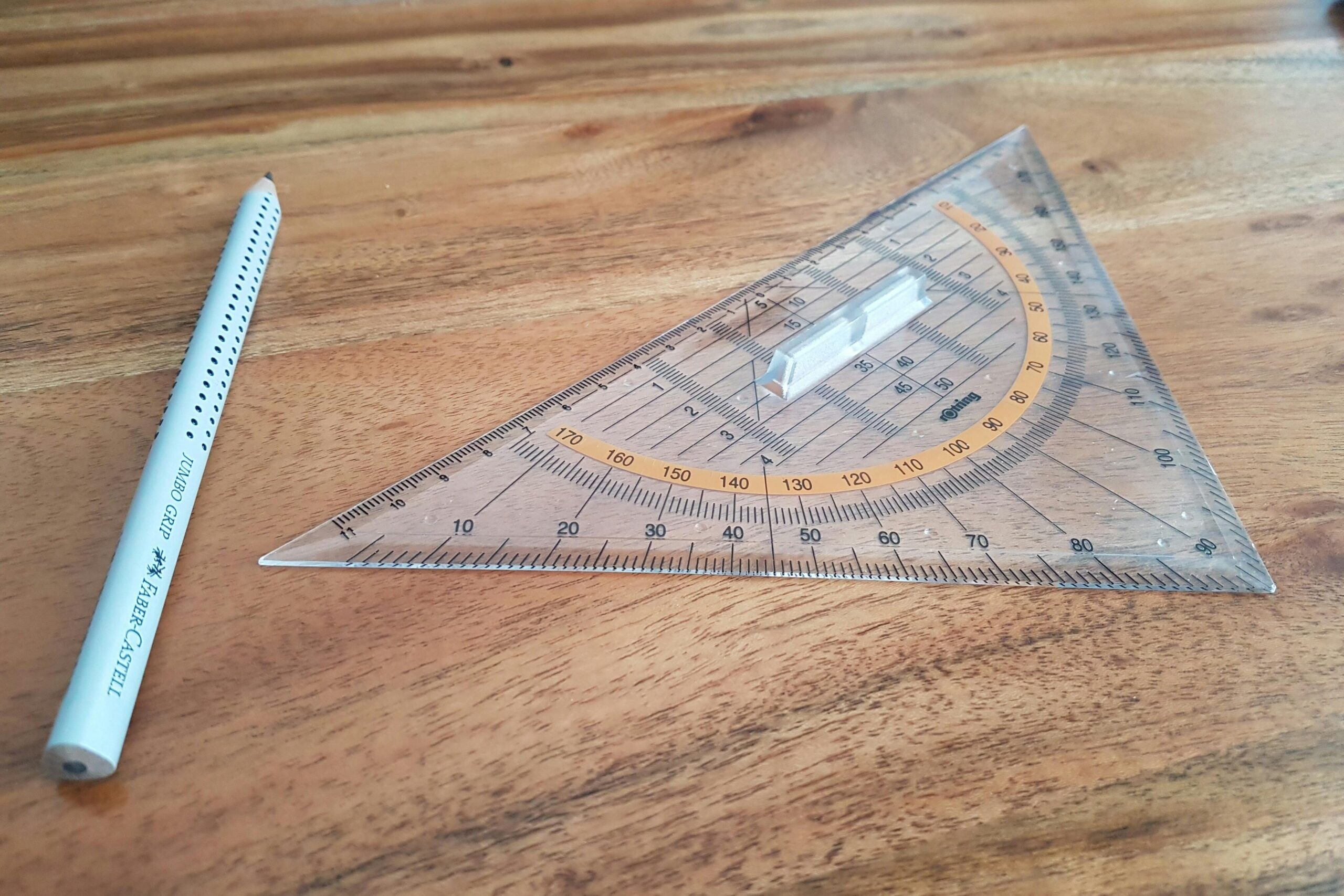
In ancient schools, geometry wasn’t just about shapes and numbers—it was a way to understand the world. Architects, engineers, and artists were taught geometry in detail to design everything from temples to pyramids. The Greeks, for example, applied geometric principles to create buildings that were not only functional but aesthetically pleasing. Students would study the ratios and proportions that made structures more stable and beautiful. This knowledge was integral to their success in building lasting monuments and cities.
Today, architecture and design still rely heavily on geometric principles, but many modern schools focus primarily on theory and software without grounding students in the basics. By reintroducing more hands-on geometry classes, we could inspire a new generation of creators to design with both function and beauty in mind. This practical approach could help students better understand the relationship between math and art. A deeper knowledge of geometry could also help in fields like engineering and even environmental sustainability. Geometry teaches students to think critically and solve problems, skills that are vital in today’s complex world. Imagine if every student learned to appreciate the beauty and precision of the spaces they live in.
6. Music and Sound Theory

Music was an essential part of ancient education, not just for artists but for anyone who wanted to be a well-rounded person. In ancient Greece, for example, music was closely tied to both mathematics and philosophy. Students were taught how to play instruments, understand rhythm, and explore the deep connection between sound and the soul. Music wasn’t just an art; it was a tool for mental development and emotional balance. It was believed that exposure to music could enhance intelligence and teach harmony, not just in sound but in life itself.
In today’s world, we often undervalue the importance of music education, focusing more on standardized testing than on creativity. Yet, research shows that learning music can enhance memory, focus, and even emotional intelligence. Reintroducing music theory and instrument practice in schools could help students tap into their creativity and develop a better understanding of patterns and structures. Music could also provide an outlet for emotional expression, offering students a healthy way to process their feelings. As we become more screen-dependent, music can reconnect us with something more universal and profound. Sound theory could help students learn the power of resonance, both in music and in life.
7. Agriculture and Sustainability

Ancient education included the study of agriculture, as it was essential for survival. Students would learn how to grow crops, raise animals, and understand the cycles of nature. This knowledge was passed down through generations, ensuring that each new group could feed itself and contribute to its community’s survival. The wisdom of when to plant, how to irrigate, and how to respect the land was invaluable. They also understood the balance required to avoid over-exploiting natural resources.
Today, as many people live in urban environments disconnected from the land, knowledge of agriculture is often overlooked. Yet, with the rising concerns over sustainability and food security, understanding how to grow food and manage natural resources is more important than ever. Teaching students about agriculture could help cultivate an appreciation for the environment and the resources it provides. By learning sustainable farming practices, we can reduce our ecological footprint and promote healthier food systems. Returning to these ancient lessons could also empower local communities to become more self-sufficient. In a time when the climate crisis looms large, agricultural knowledge could help us reconnect with the land.
8. Martial Arts and Self-Discipline
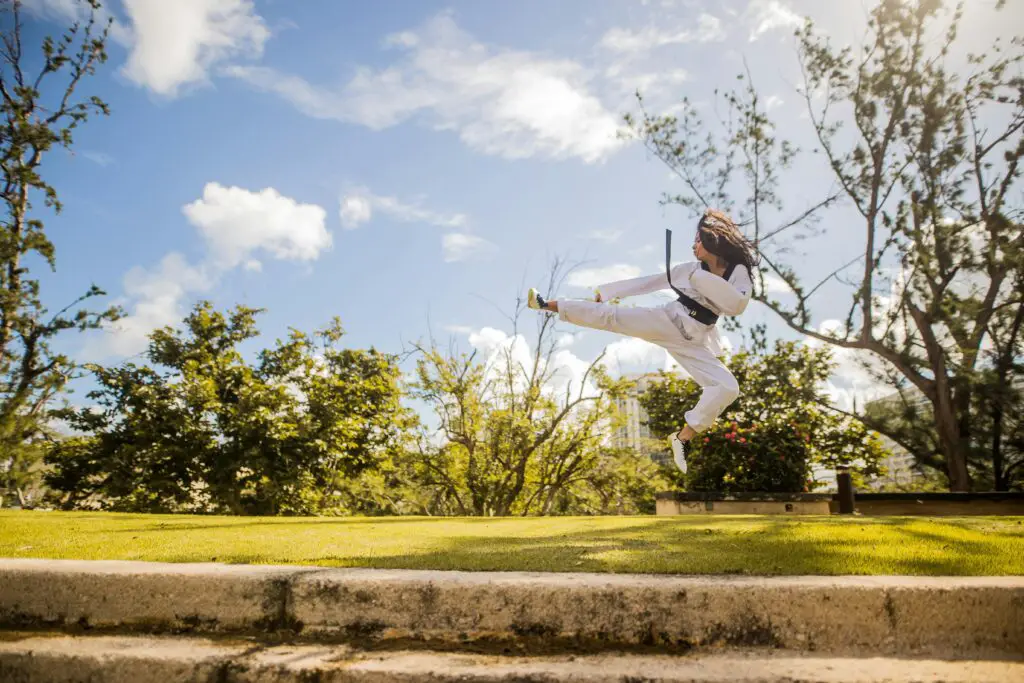
Martial arts were not only about fighting; they were integral parts of education in many ancient societies. Students trained in physical combat but also in self-control, discipline, and respect for others. In ancient China, for example, martial arts were connected to philosophy and ethics. These practices taught students about perseverance, focus, and the importance of inner peace. The mental discipline gained through martial arts was just as important as the physical techniques learned.
In modern times, martial arts classes could serve as a valuable tool for developing resilience and focus. With rising stress levels and distractions, students could benefit from learning how to center themselves both physically and mentally. These practices teach respect for others and for oneself, and they can help instill a sense of confidence and determination. Whether for self-defense or personal growth, martial arts help cultivate qualities that are in high demand today: patience, strength, and clarity of mind. Martial arts might just be one of the best ways to teach young people discipline in a world that’s full of distractions.
9. Poetry and Storytelling

Storytelling has always been a cornerstone of human education. Ancient schools often included poetry and storytelling as a way to pass down history, values, and moral lessons. Through epic poems and folktales, students learned about the world around them and developed their imagination. They were taught how to weave words together to create narratives that could teach, entertain, and inspire. The beauty of language, rhythm, and metaphor was celebrated as a tool for both expression and connection.
In today’s world, we seem to have lost touch with the art of storytelling, especially in educational settings. But narrative is a powerful way to engage people, share knowledge, and make sense of complex ideas. Teaching poetry and storytelling could help students develop empathy by putting them in others’ shoes through narrative. It would also improve literacy, creativity, and public speaking skills. As society faces numerous challenges, stories have the power to unite and inspire action. By reintroducing poetry and storytelling, we could nurture a generation of individuals who are as articulate as they are imaginative.
10. History and Civic Engagement

Ancient schools emphasized the importance of understanding history to shape a more informed society. Students learned about the founding myths, political systems, and social structures of their civilization. They were taught the value of citizenship, democracy, and the role of individuals within a community. Ancient societies understood that the past shaped the present, and by studying history, students could make better decisions for the future.
Today, we may teach history, but often in a way that feels disconnected from the present. By reintroducing civic engagement into education, we can inspire a sense of responsibility and activism in students. Students should learn not just about historical events, but also about the role they can play in shaping the future. History provides context for understanding current events and social movements. By understanding the mistakes and triumphs of the past, students can become more effective citizens. Teaching history with a focus on engagement could help students develop the critical thinking and leadership skills necessary to create positive change.
11. Calligraphy and Handwriting

Calligraphy was a revered skill in many ancient cultures, especially in societies like China, Persia, and the Islamic world. Students were taught to write beautifully, turning the act of writing into an art form. Calligraphy wasn’t just about creating aesthetically pleasing letters; it was also a discipline that required patience, precision, and focus. Mastering the art of handwriting was considered a mark of education and refinement.
Today, as we rely more on typing than writing by hand, the art of calligraphy is often neglected. Yet, studies have shown that handwriting can improve memory and focus. Bringing calligraphy back into the classroom could help students develop fine motor skills and a deeper connection to the written word. It could also foster creativity and mindfulness, something that is increasingly valuable in a fast-paced, digital world. Teaching handwriting with the care and dedication once reserved for calligraphy could bring a sense of joy and accomplishment to students. A world where people still take time to craft their letters with intention might help foster a more thoughtful, slower-paced society.
12. Logic and Critical Thinking
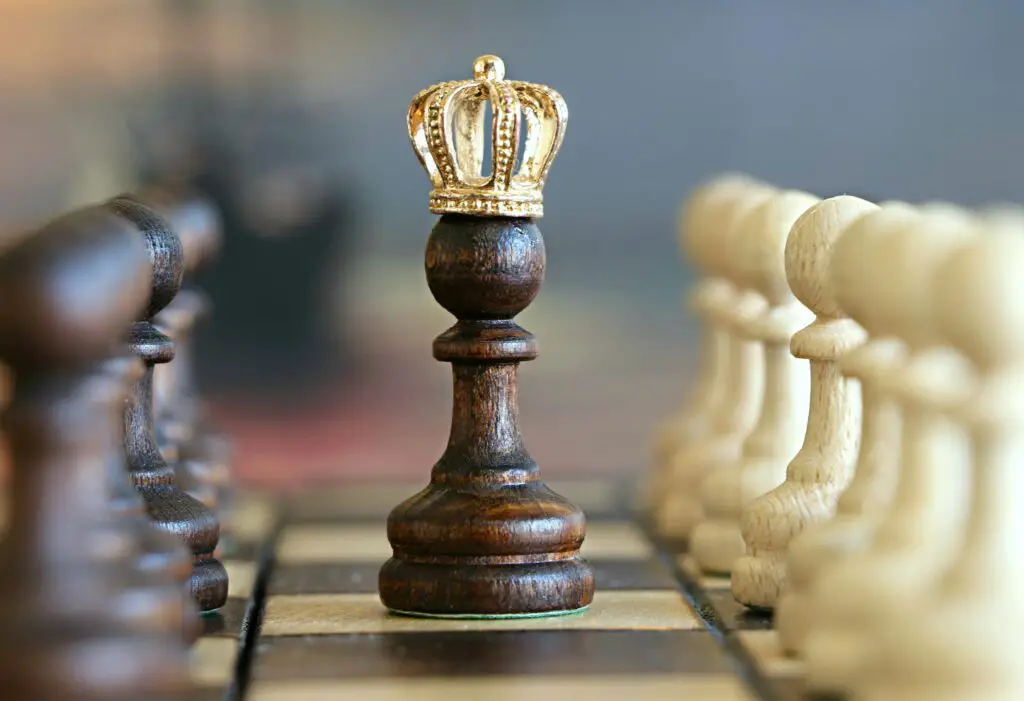
Logic was a foundational subject in ancient education, especially in Greece, where it was closely tied to philosophy. Students studied reasoning, argumentation, and how to think critically about the world around them. The great philosophers taught that logical thinking was essential for understanding not just abstract concepts but also for making everyday decisions. Critical thinking wasn’t just an academic exercise—it was seen as a way to cultivate a better life.
In today’s world of misinformation and rapid digital communication, critical thinking is more necessary than ever. By teaching students how to think logically, we could equip them with the tools to navigate a world full of conflicting information. Logic teaches students how to break down complex ideas, identify assumptions, and make sound decisions. This is an invaluable skill in almost every aspect of life, from personal relationships to career choices. Reintroducing logic into education could foster a generation that is not only informed but thoughtful and discerning. It could lead to a society where decisions are based on reason, not impulse or bias.
